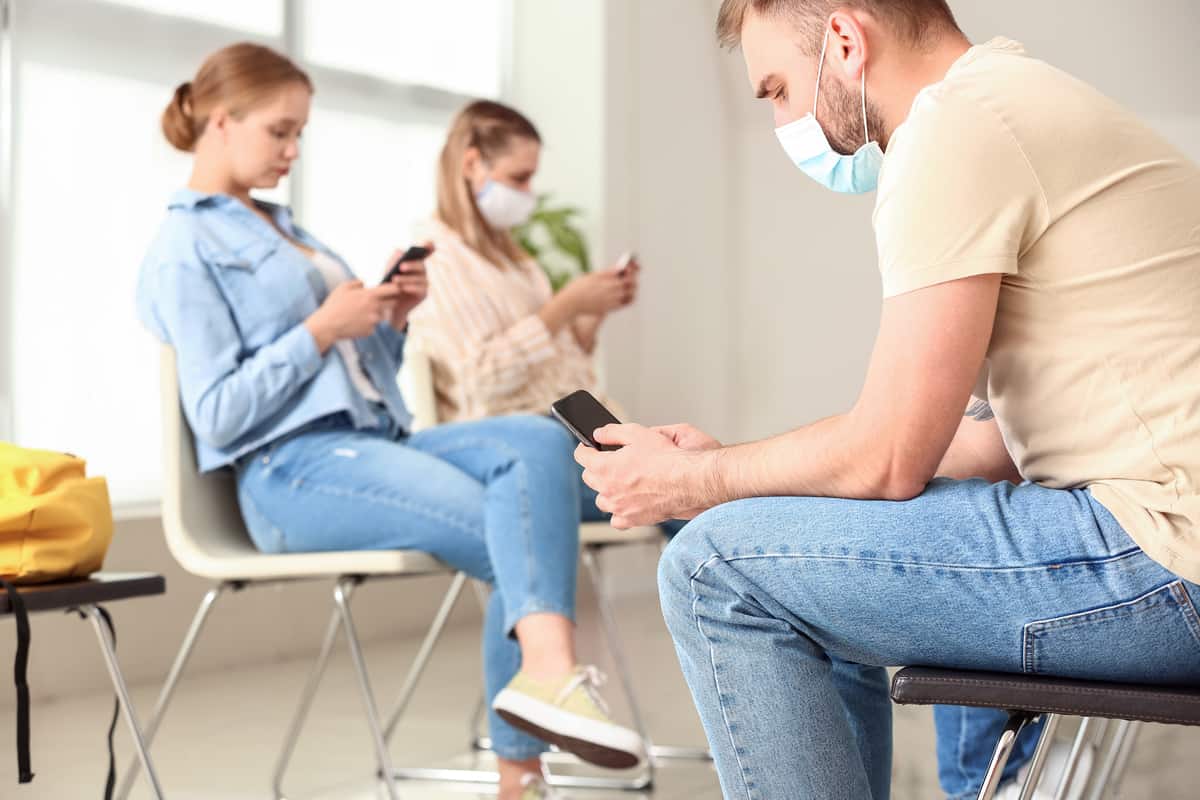From hospitals to clinics, healthcare institutions are on the front lines of protecting citizens and communities across the globe. The need for accessible healthcare continues to be prioritised, with governments going a long way to ensure patients have seamless access to the doctors, facilities and care they require. A tougher challenge, however, resides in the microeconomics of these institutions and facilities, where ineffective communications continues to plague both patients and health workers alike. As we speak, thousands of appointments are being made over physical helpdesks and calls – appointment management alone remains a manual process requiring tedious direct telephone work.
Unlike dedicated apps or telephone calls, SMS provides healthcare institutions with a seamless medium to communicate with patients. By utilizing SMS communications solutions integrated with existing patient management systems and databases, healthcare institutions can automate patient engagement and reachout activities. Not only is SMS accessible across all types of handsets, it also requires absolutely no patient training and produces greater response rates than external apps or patient helplines.
Problem of missed appointments
The statistics for missed appointments are not positive. For example, in Poland there were 19,500 “empty” visits to specialists in year 2022 just in in the West Pomeranian province (an area with a population of 1.7 million people). These “empty” appointments occur in cardiology, endocrinology, orthopedics, ophthalmology specialists and even in family doctors. Missed appointments simply means longer queue to specialists and family doctors. It can also have a significant impact on operating profits by under-utilising doctors and medical facilities. These missed appointments affect also the capacity of healthcare institutions to develop and deliver new patient services to their existing customer base.
SMS is the simplest solution to use
With SMSEagle SMS/MMS Gateway, hospitals and clinics can send SMS messages to patients reminding them of their upcoming appointments. Patients can then reply to the SMS message to cancel their appointment if necessary. This saves time and resources for both the patient and the hospital or clinic. SMSEagle device provides a web-based graphical user interface (GUI) that allows hospitals and clinics to easily integrate it into their existing workflows. The GUI simplifies the process of creating and sending messages, making it quick and easy for staff to use. The SMSEagle GUI also allows hospitals and clinics to manage their messages in real-time. They can monitor message delivery and track responses, ensuring that patients receive the information they need when they need it.
Easy integration into existing appointment systems (optional)
By integrating the SMSEagle SMS/MMS Gateway via API or Emai to SMS with appointment scheduling applications, patients can effectively manage their appointments by sending SMS requests to cancel existing appointments or even change the appointment date. These requests are then automatically updated in appointment systems without the need for human intervention. Likewise, healthcare institutions can easily contact and remind patients of upcoming appointments, minimizing the number of missed appointments. Together, this allows for a faster allocation of appointment slots and better utilization of healthcare resources.
Keeping patients in the loop

SMS is not just for proactive patient management – hospitals and clinics can leverage it to keep patients and former patients updated on new services and facilities, ensuring that they are kept in the loop of the latest healthcare advancements while expanding their own reach and influence. Likewise, by connecting patient databases with the SMSEagle SMS/MMS Gateway, institutions can easily spread the word when there is a vaccine rollout or new doctor in town. They can then follow up with this by pushing proactively for appointments.
Healthy patient communications
Using SMS messaging to communicate with patients takes the cost and complexities out of appointment scheduling, patient management and reachout campaigns. SMSEagle’s latest partnership with Nexus Polska, for example, greatly automates the transmitting of healthcare information between doctors, patients and other healthcare workers. With seamless integration and nearly no additional staff training required, SMSEagle SMS/MMS Gateway is the perfect low-cost, high-impact solution for your patient communication needs.




